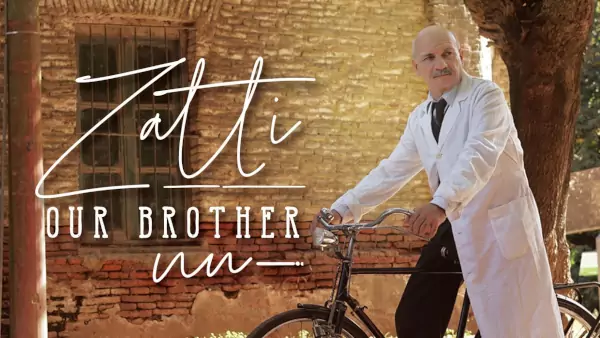03 October - Saint Gerard was born around 890 in Stave, a small village in the canton of Florennes. Through his father Sancius, Gerard was related to the family of the Duke of Austrasia, and through his mother, he was the nephew of Etienne, Bishop of Liège. Among other estates, Gerard's parents owned the land of Brogne.
Early on, Gerard's parents chose for him the career of arms, according to the use of his time, and he was admitted from then on as a page at the court of Béranger, Count of Namur. His virtues and remarkable gifts soon earned him the trust and friendship of the count, to the point that Gerard soon acquired great influence in the administration of the county, and he was preferably entrusted by Béranger with the most difficult matters. A career soldier, Gérard took the Benedictine habit after the death of his father, the Lord of Brogne, and founded an abbey on the family estate. Gérard, at all times, gave spiritual things precedence over corporeal things.
Absorbed in prayer, he fell asleep there and, in a dream, he received the indications and orders of the apostle Saint Peter. The vision is clear. He must bring here the relics of St. Eugene of Toledo, a martyr, and immediately erect a larger temple to the glory of God and St. Eugene, in the form revealed by the vision. Shortly afterwards, during a trip to France, Gerard, passing through the Benedictine Abbey of Saint-Denis near Paris, learned of the presence of the relics of Saint Eugene and was happy enough to obtain part of them for the restored sanctuary at Brogne. The parish church of St. Gerard still has this insignia relic: the forearm of the holy martyr. It is exposed to the veneration of the faithful at the side altar of St. Peter.
Responding to the divine call, Gerard then renounced the world to embrace the religious life of the Benedictine monks of Saint-Denis Abbey. An act of the year 919 attests to his desire to become a monk. A few years later, he returned to his homeland as a monk and priest at the head of twelve other religious to found a modest monastery near the sanctuary of Brogne. In 923, he was appointed abbot. Trained at Saint-Denis, near Paris, he would no doubt have preferred to live in the solitude and peace of his monastery, but the Lords of Flanders frequently called upon him to reform monasteries under their jurisdiction. Gerard's biography refers to eighteen monasteries, including the abbey of Saint-Ghislain and Arnoul, those of the two abbeys of Ghent, Saint-Bavon and Saint-Pierre, and those of Saint-Bertin (Saint-Omer) and Saint-Amand. Having renounced all his titles, Gerard only kept the title of Brogne at the end of his life. He died in Brogne on October 3, 959. Gérard was canonized by Innocent II at the Council of Reims in 1131.








